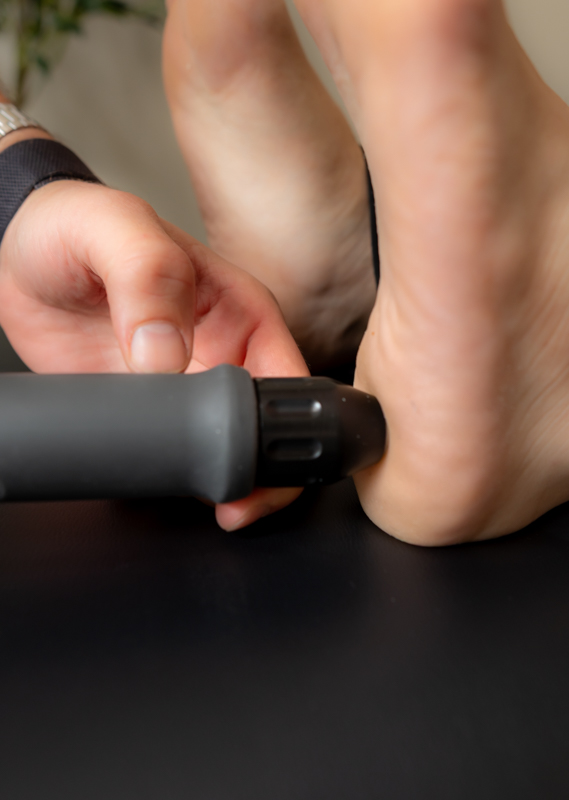Over the last few weeks, I have had numerous clients presenting with shoulder complaints, most notably rotator cuff injuries. In an effort to inform clients, I have written an article outlining this injury.
Rotator Cuff Tear
Rotator cuff tears are a common debilitating shoulder injury that can be painful and have a major impact on your ability to use your arm.
What Is The Rotator Cuff and What is its role?
The rotator cuff is a group of four shoulder muscles (supraspinatus, infraspinatus, subscapularis, and teres minor) that attach from the scapula (shoulder blade) to the humerus (top of the arm). The primary role of the rotator cuff is to keep the humeral head in the socket, in addition to lifting and rotating the arm.
Some Key Signs of a Rotator Cuff tear include:
- Shoulder pain, especially when sleeping on the painful side
- Muscle weakness with lifting or rotating arm
- Snapping sound when lifting the shoulder
Causes of a Rotator Cuff Tear
Acute tear
An acute tear can occur with falling with an outstretched arm, lifting, or a direct impact to the shoulder.
Degenerative tear
Degenerative tears can occur from repetitive overuse stresses such as lifting, reaching, or using a computer mouse. In the case of degenerative tears, they are not always painful and may only present as muscle weakness.
Degenerative tears are more commonly found in individuals 40 years or older as there is decreased blood flow in the muscle and a greater likelihood of bone spurs which can cause fraying of the rotator cuff tendons.
Diagnosing a Tear
A rotator cuff tear can be diagnosed by a thorough physical exam through the assessment of your shoulder range of motion, strength, muscle mass, and other special tests. In most cases, the supraspinatus tendon is involved and individuals will have weakness and difficulty lifting their arm by the side, such as reaching out.
Diagnostic imaging such as Ultrasound and Magnetic Resonance Imaging (MRI) can also be used to determine the specific muscle injured and the size of the tear (tears can be partial, or complete (also known as full-thickness). Diagnostic imaging can be useful in guiding your program of care and is required for surgical intervention.
Treating a Tear
In approximately 80% of cases, rotator cuff tears can be successfully managed non-surgically through conservative care such as physiotherapy.
Physiotherapy should focus on:
- Restoring and improving shoulder range of motion
- Increasing the strength of shoulder musculature
- Improving shoulder function
- Activity modification and pain management
Laser Therapy can also be useful to stimulate the body's natural healing process and to decrease pain and inflammation.
In some cases where individuals do not respond to conservative care, arthroscopic surgery can be done in order to reattach the torn muscle/tendon. Prehabilitation (before surgery) and post-surgical rehabilitation is recommended to prevent long-term complications and maximize shoulder function.
If you are experiencing shoulder complaints or would like to learn more, please feel free to contact me at shawnfontainept@gmail.com
Written by Shawn Fontaine, Registered Physiotherapist

.svg)











